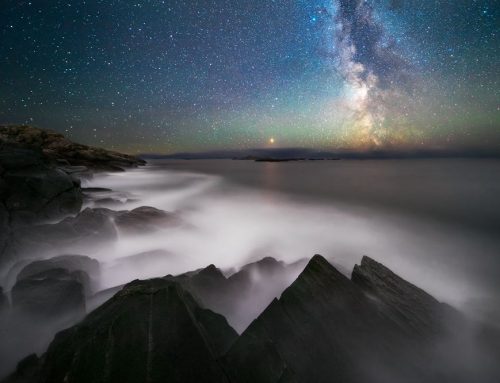
Summary: 3 stop for forests, 6 stop for blue hour, 10 stop for golden hour, 15 stop for midday
When shooting long exposures, you need to have a desired outcome in mind. For instance, are you wanting completely smooth water motion or some retention of texture? How long do you want your clouds to trail during the long exposure? There is no correct answer as to which filter to use as your exposure duration is outcome dependent. However, here are some rules of thumb for commonly used filters:
2-3 stop ND filter

I would use this filter in two main situations. The first is if I am shooting waterfalls or streams in the middle of the day. Often no filters are needed if overcast in order to achieve a long exposure. If there is sunlight around, a 3 stop filter may slow down water motion long enough for a silky-smooth appearance. The other less common scenario is when I am shooting seascapes in bright sunlight. If I am aiming for a 0.2-0.5 second exposure, a 3 stop filter may be needed in order to achieve this while also adjusting your aperture and iso appropriately.
6 stop ND filter

This is my ‘go to’ filter for shooting long exposures of the sky or sea during ‘blue hour’. This strength of filter allows you to achieve a 1-minute exposure or longer during the period preceding sunrise or just after sunset.
10 stop ND filter

In order to achieve an exposure duration of 1 minute or greater, I use this filter during ‘golden hour’ most frequently. This is the period of time immediately preceding sunset, or just after sunrise.
by Dylan Toh





